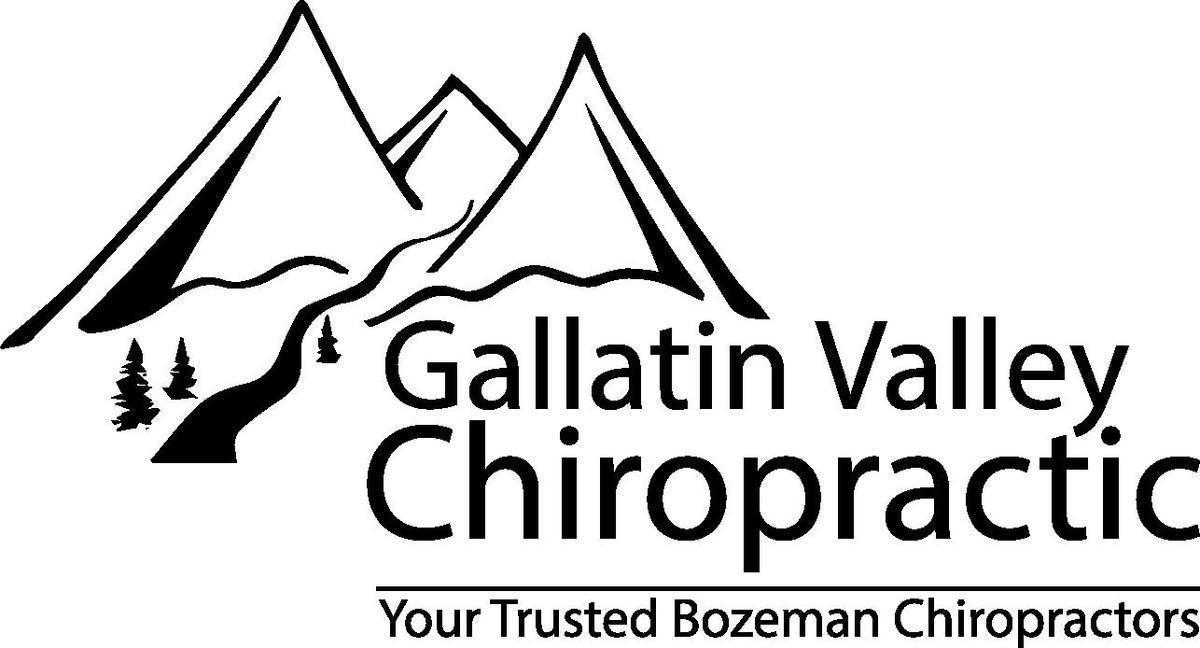Jaw pain, clicking, popping, grinding, and headaches are common symptoms of Temporomandibular Joint Disorder...often called "TMJ Disorder" or "TMJD". The TMJ is a complex joint which when dysfunctional, can produce painful clicking, popping, and inflammation. This can cause problems such as the loss of the ability to chew, communicate, and can result in a lot of distress for those experiencing it.
What is the TMJ and how does it work?
The TMJ is classified as a compound hinge joint with two separate phases of movement for the jaw to open completely. A good illustration of this can be felt on your own jaw. With your fingers placed just in front of your ear lobe, slowly open your jaw. The first phase is just like a hinge in a door. In the second phase, a depression forms under your finger, which is created when the jawbone translates forward to accommodate additional opening of the jaw.
The TMJ is stabilized laterally by 8 muscles, and uses four major muscles to close the joint. Additionally, there is a cartilage disc, and capsule portion of the joint that can become inflamed due to improper tracking.
Commonly, treatment for TMJ pain consists of a "wait and see" approach, as many TMJ cases resolve on their own. In severe cases, pain medication may be prescribed, and a dentist may prescribe dental appliances to assist with proper alignment of the jaw, which are typically worn in the mouth, during sleep. In very severe cases, surgery is a treatment option, often producing mixed results.
What can we at Gallatin Valley Chiropractic do for your TMJ
Most cases we see in our clinic lie somewhere between “wait and see” and “surgical candidate”... We can do a great deal conservatively to reduce pain and dysfunction in the TMJ.
Relief can often be achieved by temporarily reducing the loads placed on jaw structures. We can do this effectively by advising our patients quit chewing gum for awhile, and/or try to eat softer foods for a time. In mild cases, this can give these structures just enough rest to heal and return to normal function.
Muscle work in the area of the TMJ is effective as a first option to reduce TMJ pain. Working on the muscles involved in chewing can loosen these structures and help improve alignment. There are also stabilizing muscles, accessible from inside the mouth. Working on these in the office, and instructing our patients on working them at home, really helps with more stubborn cases.
The first vertebrae of the neck due to it's close proximity to the TMJ joint can have a direct effect on the TMJ itself when lacking mobility. Getting the first cervical vertebrae adjusted, along with soft tissue work to the muscles effecting the TMJ can have great success in decreasing pain and improving function.
In cases of more severe misalignment and pain, dry needling to the joint capsule and stabilizing muscles is very effective. Manual adjusting of the TMJ in combination with either muscle work or dry needling is very effective at producing long-term resolution of TMJ pain.
If you are experiencing jaw pain, clicking, or difficulty chewing, your TMJ may need to be evaluated. Call the doctors at Gallatin Valley Chiropractic to set up an appointment today!
Call us: 406-551-2177
Schedule online at: https://appointments.mychirotouch.com/?clinic=GVCL0001

